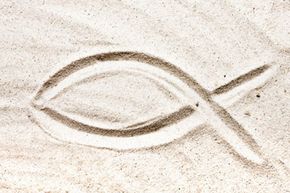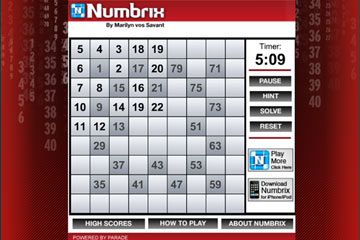If crossword puzzles don't twist your brain in enough different directions, perhaps you'd like to try another form of word-driven deciphering. You can spend hours, days or weeks sorting through the hairpin turns and conniption fits that acrostic puzzles will inflict upon your mind.
Acrostic puzzles, also known as acrostics, anacrostics and crostic crosswords, are a bit like a combination of the game of hangman and traditional crosswords. You read through a list of clues, for example, "What's the capital of Belarus?" And then you pencil (or ink) the answer (Minsk, if you're wondering) into the adjacent, numbered blank lines.
Advertisement
Next, you copy the letters of your answer into a diagram (or grid). Each box of the diagram has an alphanumeric symbol (such as K26) that refers back to one of the letters in your answers in each clue. The grid is a series of white and black boxes, just as with crossword puzzles.
But that's not all. When finished, the first letter of each word in the grid will spell out a quote or famous saying. In many acrostic puzzles, though (especially the ones you find online), that quote may be made up of any of the letters in your answers and not just the initial letter.
If that all sounds a bit, well, puzzling to you, perhaps the best way to understand is simply to dive in and try a few acrostic puzzles. You'll find numerous Web sites that let you begin playing these games for free and without any sort of time-consuming registration processes.
Be aware, however, that there are different styles of acrostic games online, and in print, so it pays to read the introduction or directions first to avoid needless, hair-pulling exasperation. Although trust us -- even when you follow the instructions and work them properly, acrostic puzzles have the potential to induce serious frustration. But as puzzle lovers all say, that's just part of the fun.
On the next page, you'll uncover clues about the history of acrostics and get a much better idea of where these dastardly puzzles came from.
Advertisement






